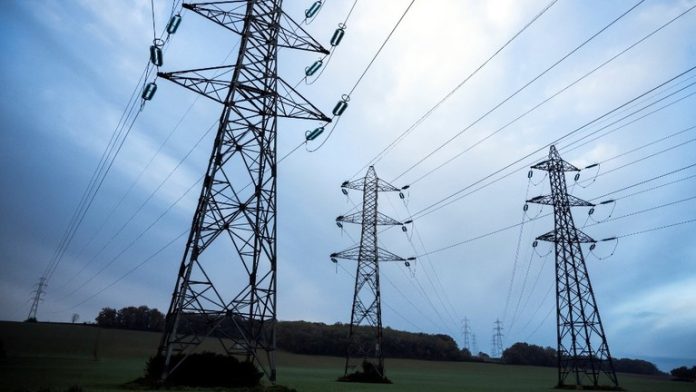|
Lazy eyes listen
|
NewsRescue
The International Energy Agency estimated in a report released on Thursday that energy demand in the European Union will fall by 3% this year to its lowest level in two decades. The agency attributed the decline on the EU’s declining industrial output.
When combined with last year’s 3% drop in demand, the slump is now the greatest in EU history, returning the bloc’s electricity consumption to levels not seen since 2002, according to the research.
Last year, energy-intensive businesses accounted for two-thirds of the decline, and “this trend has continued well into 2023,” according to the research.
The EU’s decision to embargo Russian fossil fuels in reaction to Moscow’s special military campaign in Ukraine struck European companies hard. The energy embargo, combined with growing demand during the 2020 coronavirus pandemic, drove wholesale electricity costs to a record €430 ($478) per megawatt hour last August, more than doubling since previous January.
Despite the fact that prices have already steadied, the EU’s manufacturing sector has yet to recover. According to the most recent data from the EU’s statistics agency, industrial output declined by 1.3% between February 2022 and March 2023. The drop has been more pronounced in Germany, which previously relied significantly on Russian energy to power its massive industrial sector.
Some of Germany’s largest businesses, such as chemical giant BASF and automaker Volkswagen, have reduced domestic production and announced plans to build new units abroad, while an unexpected decline in the country’s industrial output in May raised concerns about a lengthy recession.
Deindustrialization in Europe is being supported from overseas, according to the research, which notes that incentives such as the US Inflation Reduction Act and Japan’s Green Transformation Act “are influencing production curtailment, plant closures, and the pausing and diverting of investment.”
Outside of the EU, power demand is forecast to fall by over 2% in the US this year and 3% in Japan, according to the IEA research. However, as the world’s most developed economies suffer, growing consumption in China and India will result in a 2% increase in worldwide electricity demand this year.





